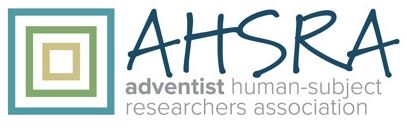Location
Virtual Conference
Start Date
19-5-2021 12:00 AM
End Date
21-5-2021 12:00 AM
Description
Purpose: This study aims to bridge neuroscience and classroom teachers by exploring the role of brain science, psychologists, classroom teachers in relevant issues in the field of education such as best instructional practices, trauma-informed practices, inequalities and online learning.
Research methods: The reviewed literature includes neuroscience studies in books and online articles.
Findings: Neuroscientists need to communicate with classroom teachers and vice versa. The name of this 2-way bridge is called Educational Neuroscience. Educational neuroscience has answers on relevant issues such as inequalities in education, trauma-informed practices and online learning.
Implications: This study has salient theoretical, methodological, and practical implications for neuroscientists and classroom teachers. Theoretically, neuroscience has done much research that is useful for classroom teachers. Methodologically, teachers need to apply more educational neuroscience’s findings into their classroom and practices. Practically, classroom teachers can apply brain-friendly principles to instruction and learning space design for meaningful and lasting learning.
Keywords: educational neuroscience, cognitive neuroscience, brain science, brain-friendly instruction, brain-friendly learning space design, neuroscience, trauma-informed teaching, equity in education, online learning.
Educational Neuroscience and Equity, Trauma & Online Learning University.
Virtual Conference
Purpose: This study aims to bridge neuroscience and classroom teachers by exploring the role of brain science, psychologists, classroom teachers in relevant issues in the field of education such as best instructional practices, trauma-informed practices, inequalities and online learning.
Research methods: The reviewed literature includes neuroscience studies in books and online articles.
Findings: Neuroscientists need to communicate with classroom teachers and vice versa. The name of this 2-way bridge is called Educational Neuroscience. Educational neuroscience has answers on relevant issues such as inequalities in education, trauma-informed practices and online learning.
Implications: This study has salient theoretical, methodological, and practical implications for neuroscientists and classroom teachers. Theoretically, neuroscience has done much research that is useful for classroom teachers. Methodologically, teachers need to apply more educational neuroscience’s findings into their classroom and practices. Practically, classroom teachers can apply brain-friendly principles to instruction and learning space design for meaningful and lasting learning.
Keywords: educational neuroscience, cognitive neuroscience, brain science, brain-friendly instruction, brain-friendly learning space design, neuroscience, trauma-informed teaching, equity in education, online learning.



